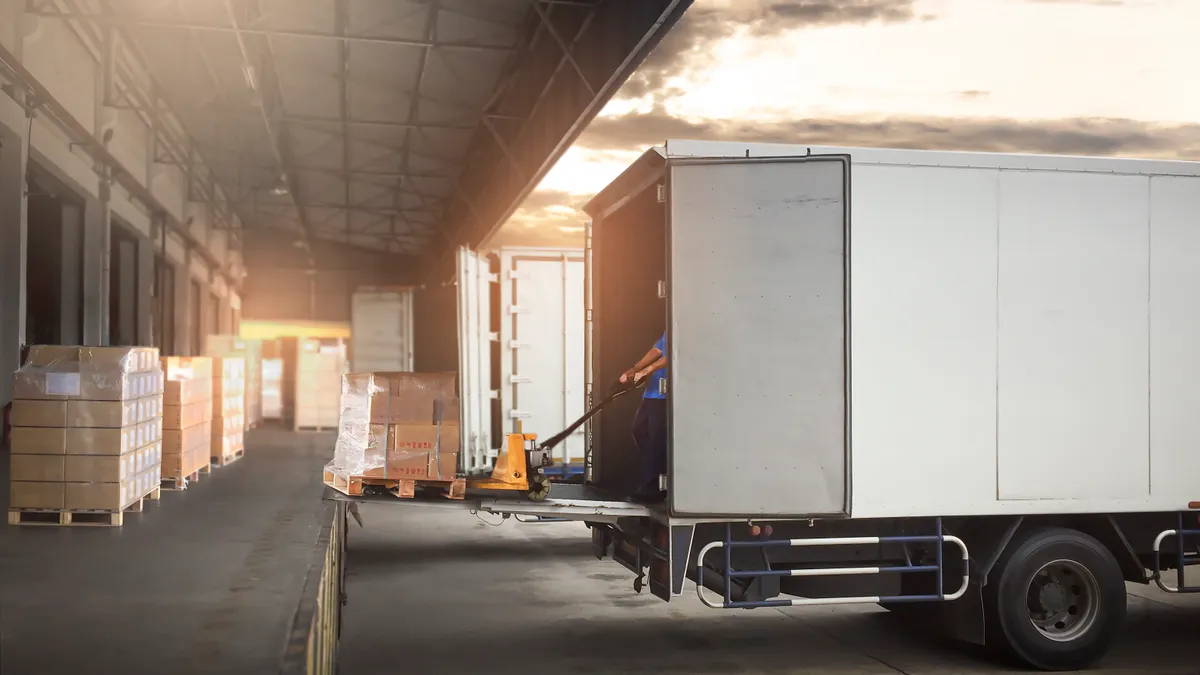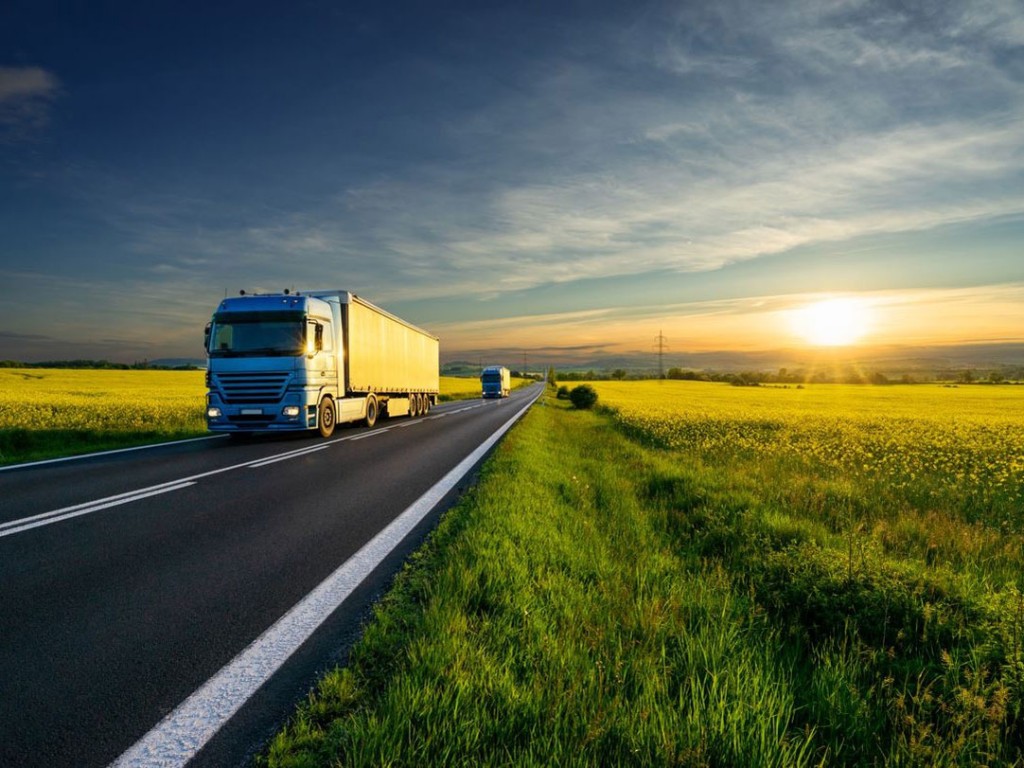
Customers in the fast-paced world of today demand goods supplied rapidly and effectively, not only of quality. Fast delivery has changed from being a luxury to a need, therefore altering consumer expectations and behavior. Meeting these needs depends mostly on pick up and delivery services, which also inspire new norms for companies by means of their innovations.
The Evolution of Customer Expectations
Customers have grown used to speedy, frequently same-day delivery services as e-commerce behemoths have grown. These businesses have established a standard by providing lightning-fast delivery choices; hence, convenience drives buying decisions mostly. Customers now thus demand the same degree of service from smaller companies. Once-standard 5-7 business day delivery has lost favor as consumers choose companies with quicker options.
The Role of Advanced Logistics Technologies
Using cutting-edge technology such as artificial intelligence (AI), machine learning (ML), and automation, logistics companies have been able to satisfy these higher demands. By helping carriers choose the shortest and most effective paths, artificial intelligence-powered route optimization greatly reduces delivery times. Additionally helping to accelerate the fulfillment process are automated warehouses where robots pick, pack, and transport goods.
Furthermore, developing as possible answers for ultra-fast delivery are technologies like drones and driverless cars. Though still under development, these technologies have the potential to provide items within hours after ordering, hence stretching consumer expectations.

Same-Day and Next-Day Delivery: A Game Changer
Thanks to developments in logistics infrastructure, same-day and next-day delivery have become indispensable offers for many companies. To guarantee items are closer to end consumers, companies extensively invest in strategically placed warehouses and local distribution facilities. This reduces the time needed to fulfill and ship an order, therefore enabling ultra-fast delivery choices.
Consumers are ready to pay premiums for speed, so these fast delivery services have changed sectors like fashion, electronics, and supermarket delivery. Businesses that fall short of these quick delivery expectations run the danger of losing consumers to rivals that give speed top priority.
The Future of Logistics and Customer Expectations
Customer expectations will probably change even more as logistics services keep developing and innovate. Emerging trends, including real-time tracking, predicted delivery timeframes, and more customized delivery choices, will help to define e-commerce going forward. Companies have to be adaptable, using these innovations to keep competitive in a market when speed rules.
With pick up and delivery being a fundamental part of the consumer experience, logistics services have finally become a major factor in determining current client expectations.






